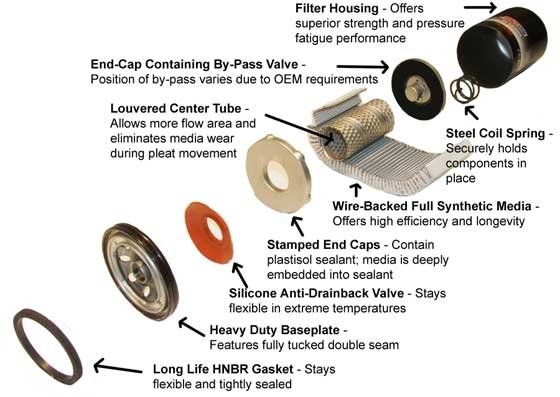- Joined
- Oct 1, 2007
- Messages
- 7,332
- Location
- Texas
- Vessel Name
- Floatsome & Jetsome
- Vessel Make
- Meridian 411
Baker,
I had a remote filter w the new engine install but was plauged w leaks so reverted to the OEM screw on (horizontal) filter. It's at least half the size of the remote so now I change the filter every oil change instead of every third change. Thinking back I remember that bit drove Marin crazy.
All,
About my horizontal ... Once it came off dry but the last time it dumped a considerable amount of oil that I was not prepared for. If I punch a hole in the top of the filter a few minutes before will the oil drain out? Speaking of Marin he did that as I recall.
The purpose of my remote filter is not to put a bigger or better filter on. It is simply to make it more accessible in a twin engine installation. My on engine fuel filter is remote for the same reason. All filters are in the middle of my engines as are the dipsticks.


